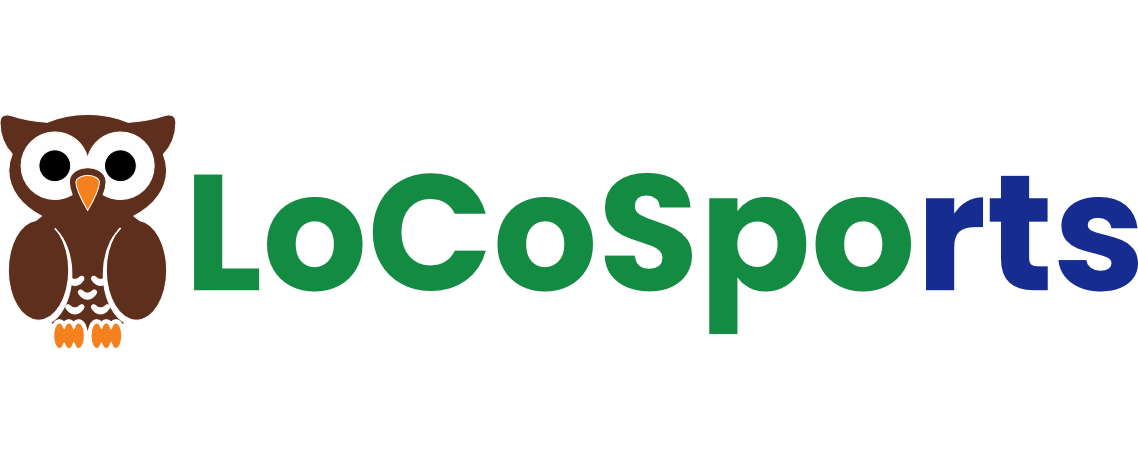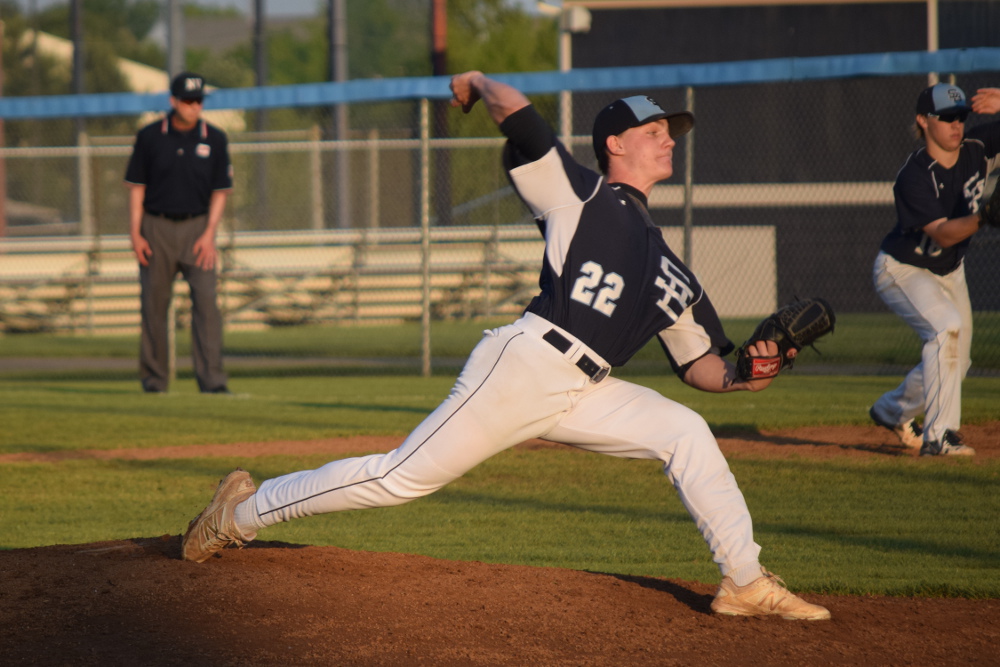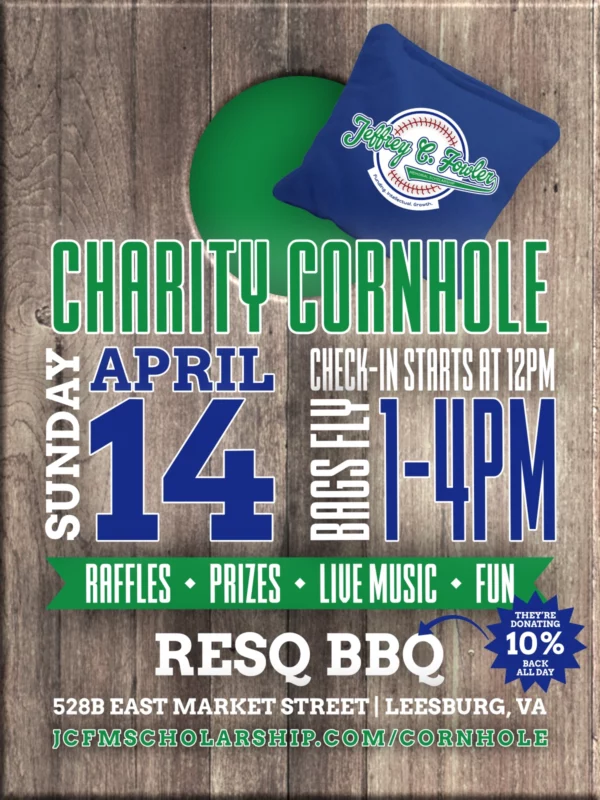Loudoun County, Va. — Who hasn’t used their shoulders at some point? Whether you play a sport like baseball, volleyball, football, or not, you use your shoulders pretty much anytime you move your upper body.
Our shoulders help us complete those everyday movements we often don’t think twice about. Think about reaching up to get something off the pantry shelf. In my house, I like to store things higher because it’s easier for me. However, my wife, who is 4’11”, doesn’t always agree with this decision. But what if I wasn’t able to store things up high due to shoulder pain or immobility? While she might be happy, I would need to alter my day-to-day routine.
At the center of all shoulder injuries is the rotator cuff. It’s common for us to hear people come into physical therapy with a shoulder problem and say, “I think it’s my rotator cuff, I think I tore it.” So what exactly is the rotator cuff? Where is it located? And why is it important?
The rotator cuff is a group of muscles and tendons that surround the shoulder joint. The rotator cuff keeps the head of your upper arm bone firmly within the shoulder socket. It is made up of the SITS muscles:
- Supraspinatus
- Infraspinatus
- Teres minor
- Subscapularis
Some common injuries to the rotator cuff include impingement syndrome, a strain and a partial or complete tear. Some common signs and symptoms you might notice include but are not limited to:
- Pain at rest and at night, particularly if you are lying on the affected shoulder
- Pain when lifting and lowering your arm or with specific movements
- Weakness when lifting or rotating your arm
- Crepitus or crackling sensation when moving your shoulder in certain positions
- Reduced range of motion
- Inability or difficulty to dress especially coats and jackets
- Overall reduction in shoulder ability
What should I do if I’m experiencing any of these symptoms?
The good news is that physical therapy can help manage your rotator cuff injuries and any shoulder problem for that matter. Through an individualized plan of care specific to your needs, physical therapists will guide you through targeted strengthening and targeted stretching. This will increase your range of motion, function, endurance, strength and get you and your shoulder back to a healthy relationship. Physical therapists should also incorporate hand-on, manual therapy.
What if I need surgery?
Physical therapists should also provide a rehabilitation program designed to help strengthen and maintain any functional movements you currently have before a surgical procedure. We will also be here from the time you complete surgery to the time you return to work and play.
NOTE FROM OUR SPONSOR: Don’t let shoulder pain stop you from being the person you want to be. Work, kids, play, workouts, even rock climbing, whatever your goal is, we can get you back to that. Rotator cuff injuries are not permanent and physical therapy should be your first stop in trying to regain those activities that are important to you in your life. Sleep will also become easier without that night pain and shifting positions trying to figure out what is the most comfortable position. Call LSTC TODAY at 703-450-4300 and let us help you to get those shoulders functioning the way they should.
[adrotate banner=”13″]


